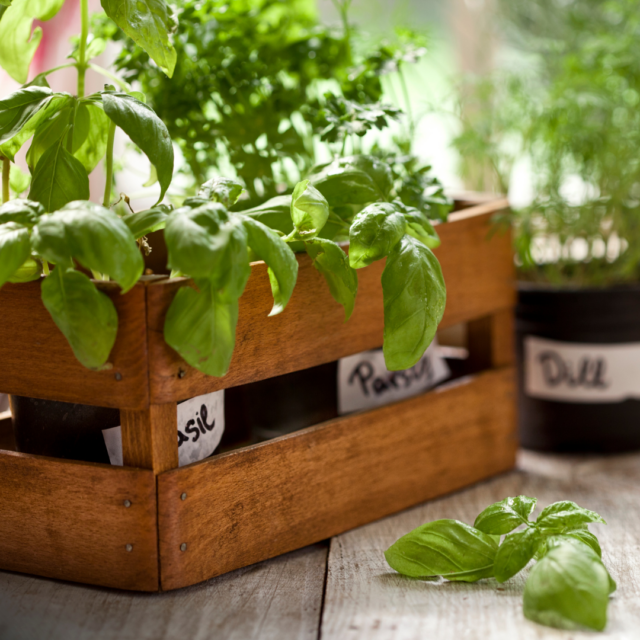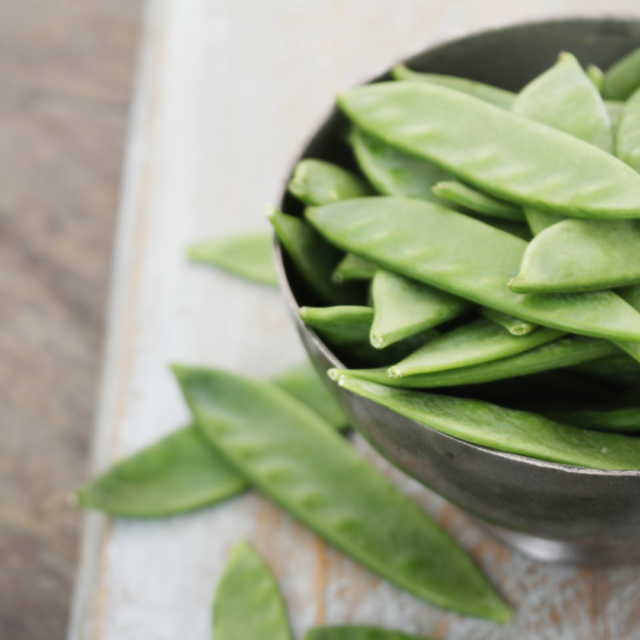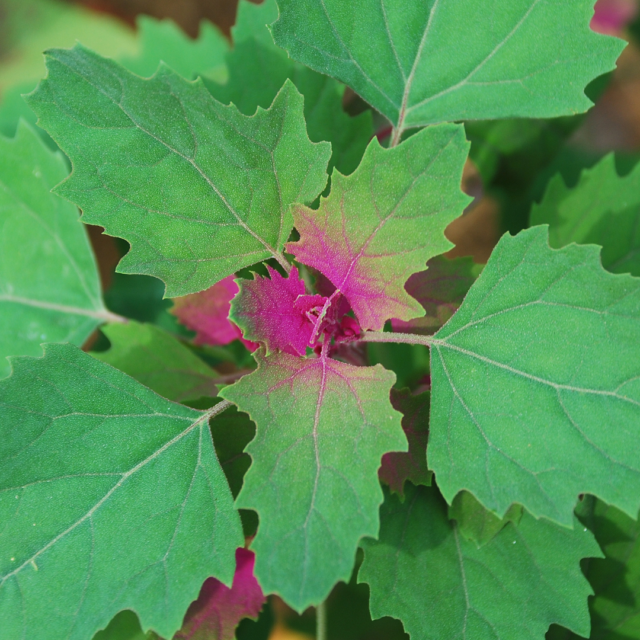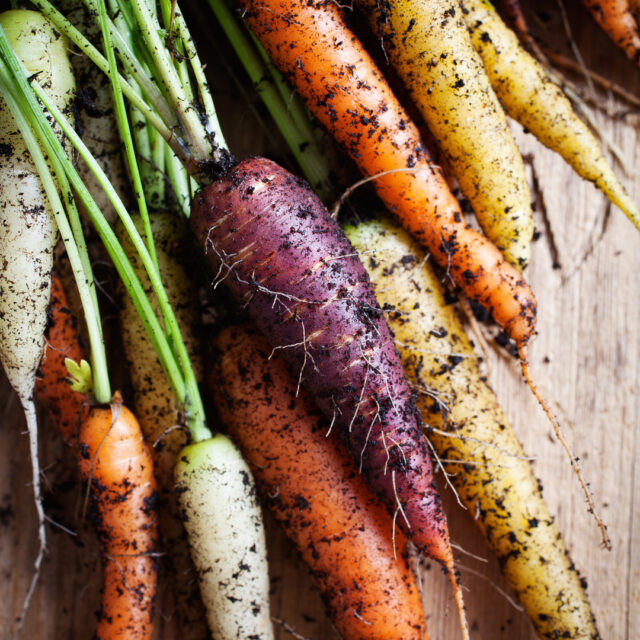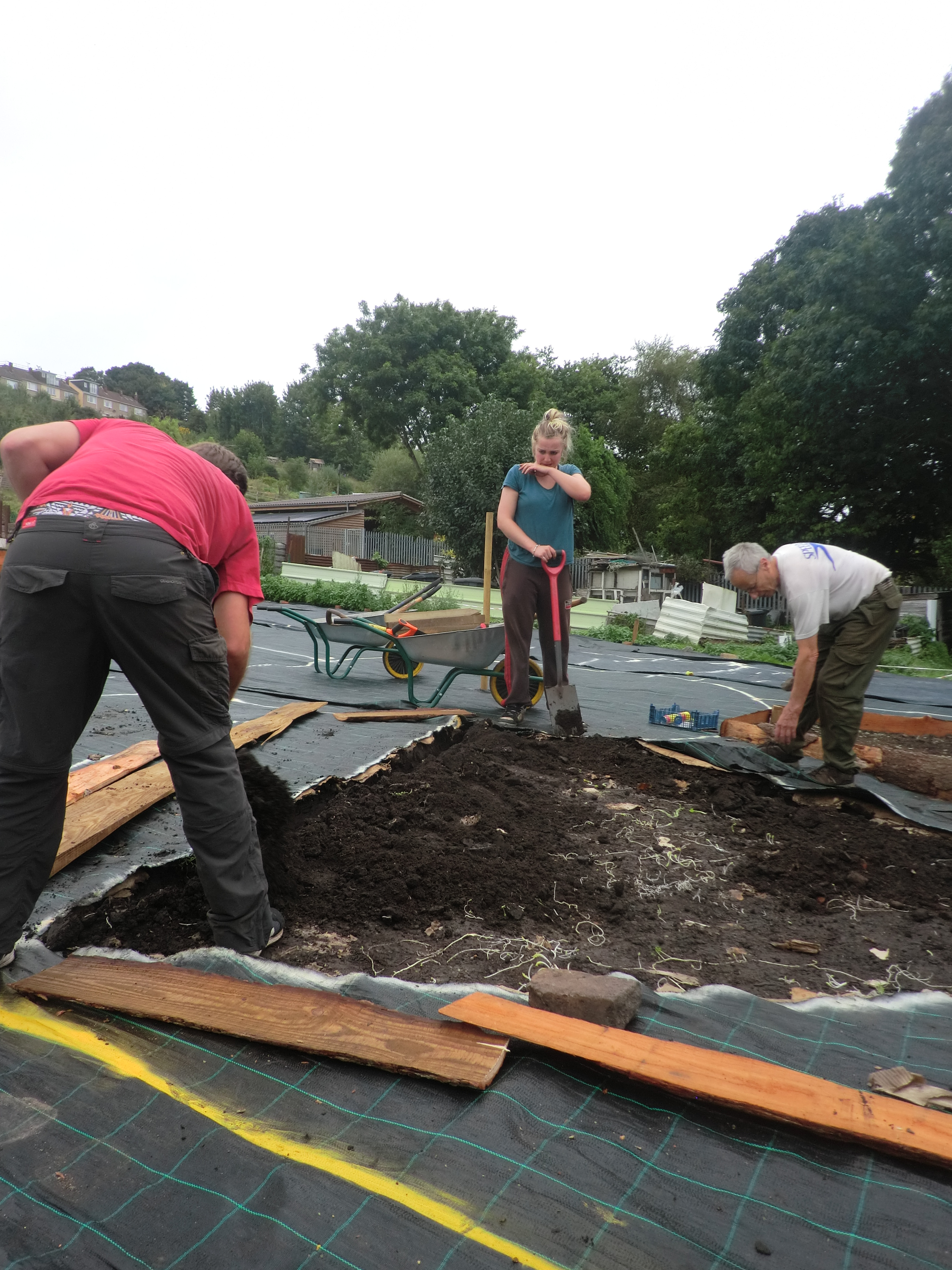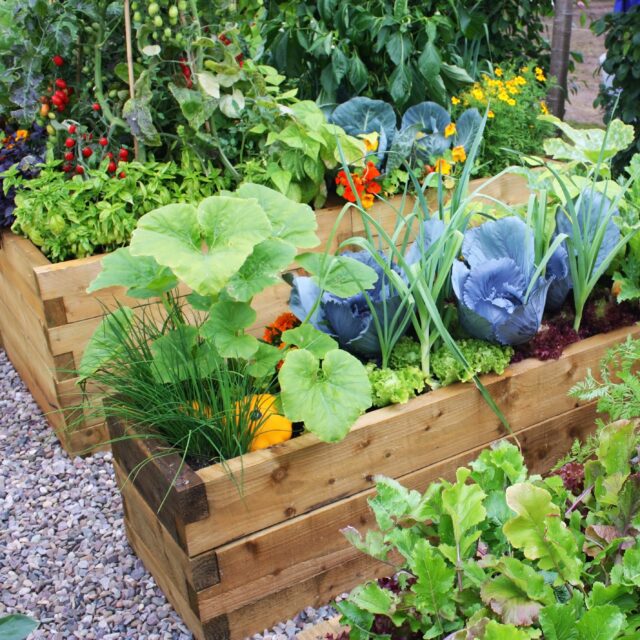If you’ve got any kind of interest in gardening, then you’ve almost definitely heard of mulching. But what is mulch? What benefits can it bring to your garden? This week we’ll be digging deep and finding out the facts on mulching!
What is Mulch?
Simply put, mulch is a loose covering of material placed on the surface of cultivated soil. Mulches can be added to the top of bare soil. They can also be used to cover the surface of compost in containers.
Mulches are separated into two types:
Biodegradable Mulches
This is organic matter that breaks down into the soil over time. These include materials such as leaf mould, garden compost, spent mushroom compost, wood chippings, well rotted manure, straw (for strawberries), spent hops and seaweed.
Over time you will have to add more as it breaks down into the soil.
Non-biodegradable Mulches
Unlike biodegradable mulches, these do not boost the fertility of the soil. However, they do conserve moisture, and suppress weeds. Slate, shingle, pebbles, gravel and stone chippings can be used.
What Are The Benefits of Mulching?
There are numerous benefits to mulching. These include
- Helping the soil to retain moisture
- Suppressing weeds
- Improving the soil texture
- Helps to deter some pests
- Protecting plant roots from extreme temperatures
- Encouraging beneficial soil organisms
- Provide a barrier for edible crops coming into contact with soil
- Gives a decorative finish
When to Apply Mulch?
There are two main periods for applying mulch. In the autumn and in late winter or early spring.
Autumn is the best time to spread mulch around newly planted trees, shrubs or herbaceous perennials. This will help protect the roots of the plants from frost.
Winter is the best time to mulch entire beds/borders. Firstly it allows moisture from wet weather to be trapped. Furthermore it also ensures beds don’t dry out quickly in the summer heat.
How To Apply Mulch To Your Garden
Before you begin make sure the site is free from weeds. Also ensure the soil is moist and water if necessary.
Fill a wheelbarrow with your chosen material. Spread a 2inch layer around the plants, or onto of the soil with a spade. Leave a small gap around the stems of the plant.
To finish, rake over and ensure the site is level.
It’s as easy as that!
Common Problems & Tips
Whilst mulching is easy, there are a few issues that can arise.
Mulch that comes into direct contact with the stems of trees or shrubs can cause the stem to soften. This will in turn make it vulnerable to diseases.
There is a possibility of introducing weeds, pests and diseases to the garden. This depends on the quality of the mulch that is added. Woodchips tun a slight risk of introducing honey fungus.
Make sure to apply extra water when watering. This ensures it reaches the plant’s roots.
If applying fertiliser, apply over the top. This will be filtered down through the mulch by the rain. You do not need to remove mulch to apply fertiliser.
Only replace mulch when it has completely rotted away. If not, a hard layer can form, making it hard for water to penetrate down to plant roots.
To Conclude
Mulch is a valuable asset in the gardener’s arsenal. It can improve the quality of soil, plus help it retain moisture and even deter pests. It’s easy to apply and will make a dramatic difference! Simple and effective, perfect!
